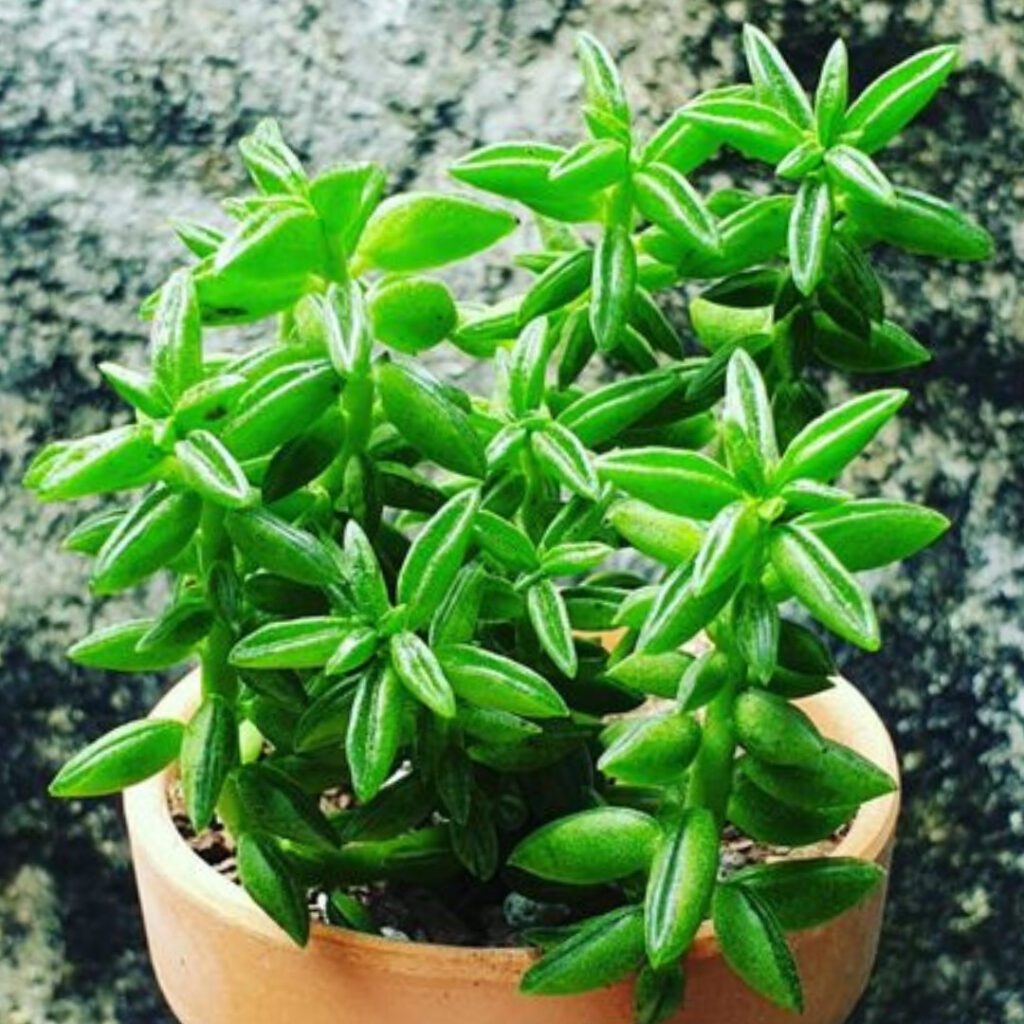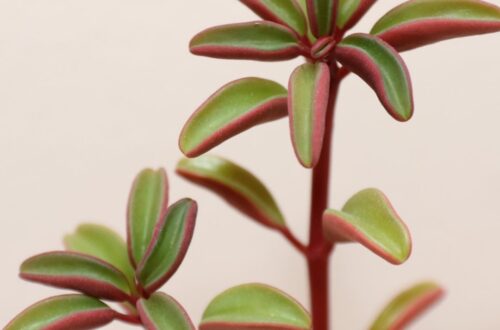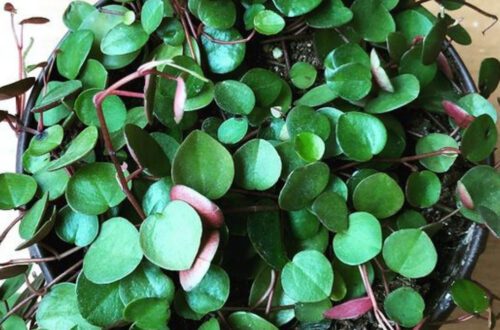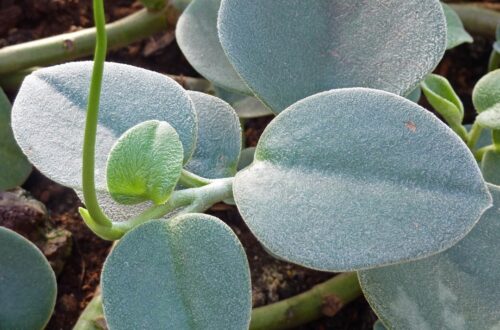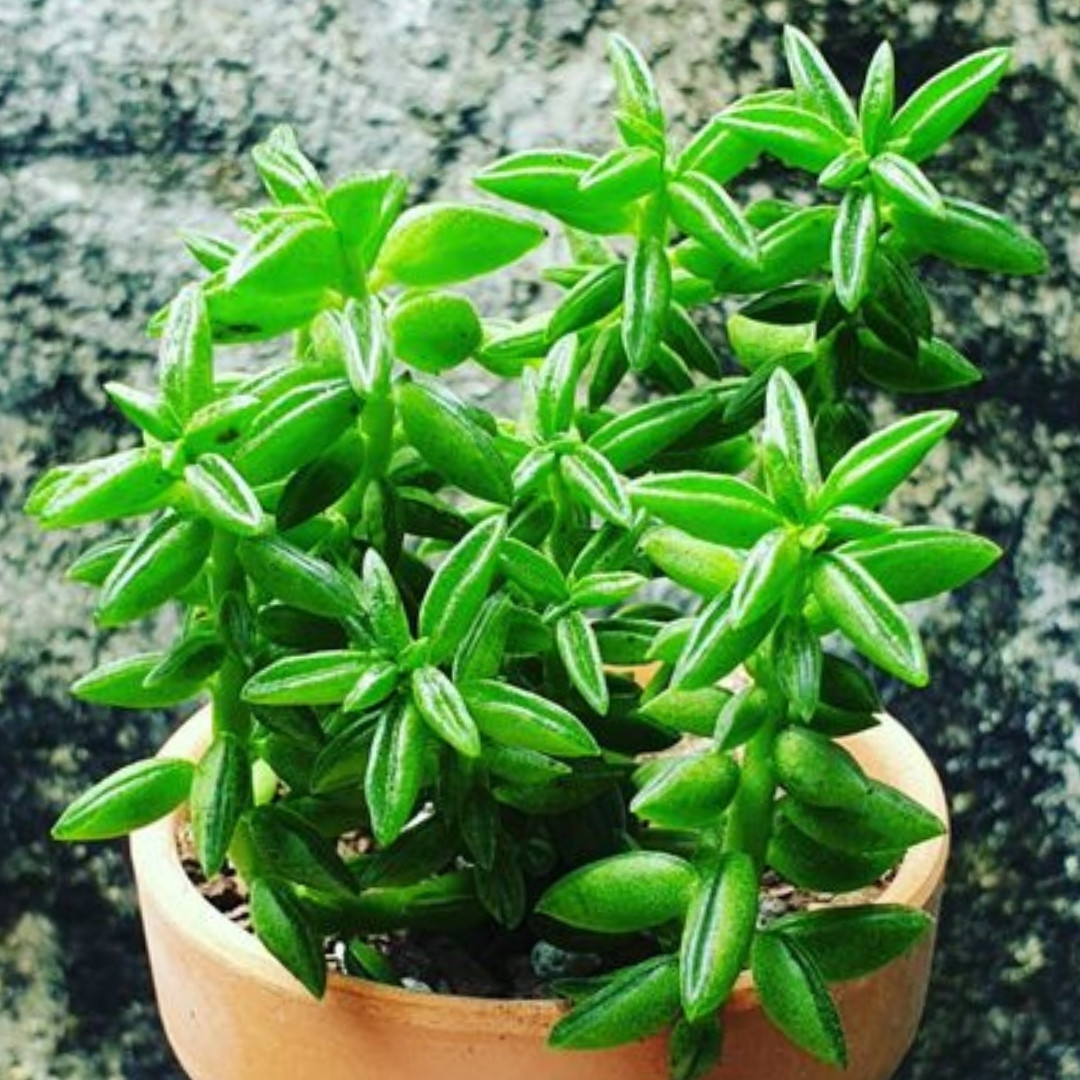
Peperomia Nivalis
Welcome to our guide to peperomia nivalis care and propagation…
Peperomia Nivalis Care Summary
| Light needs: | Medium to bright indirect sunlight. |
| Watering needs: | Check once a week, only water it if the soil is dry all the way down. |
| Fertilizer: | Use a balanced fertilizer in spring and summer. |
| Soil: | 80% potting compost with 20% perlite. |
| Humidity: | 40-50%. |
| Temperature: | 20°C to 25°C (68-77°F). |
| Where to buy: | Try our list of Rare Plant Shops. |
| Common issues: | Overwatering and root rot. |
Introduction
Peperomia nivalis is an easy to grow house plant which grows high up in the Andes in Peru. It is known for it’s soft fleshy oval canoe shaped leaves with translucent ‘windows’ down the center at the top.
See also: Peperomia Care, Peperomia Serpens, Peperomia Incana, Peperomia Ruby Cascade, Pink Lady Peperomia, Peperomia Polybotrya, Peperomia Piccolo Banda.
Light Needs
They do best in medium to bright indirect sunlight. They are tolerant of different ranges, but don’t give them direct sunlight. You can put them anywhere you want really as long as you avoid dark areas and direct sun. If they get leggy, just move them closer to the window.
How Often To Water
The soil needs to dry out before watering again as they can get root rot easily. So check them once a week only water them if all the soil is dry. Also tip out any excess water from the external container ten minutes after watering.
Tip: under water these plants rather than overwater them. They are tolerant of most conditions, but will get root rot easily if you let them sit in soggy soil. For the same reasons you should make sure you tip out any water from the bottom saucer after watering, and the plant should be in a well draining mix with some perlite.
Fertilizer
Feed them in the warmer growing months of spring and summer. Use a well diluted, balanced plant feed. Some people don’t’ feed their peperomias at la and they do just fine.
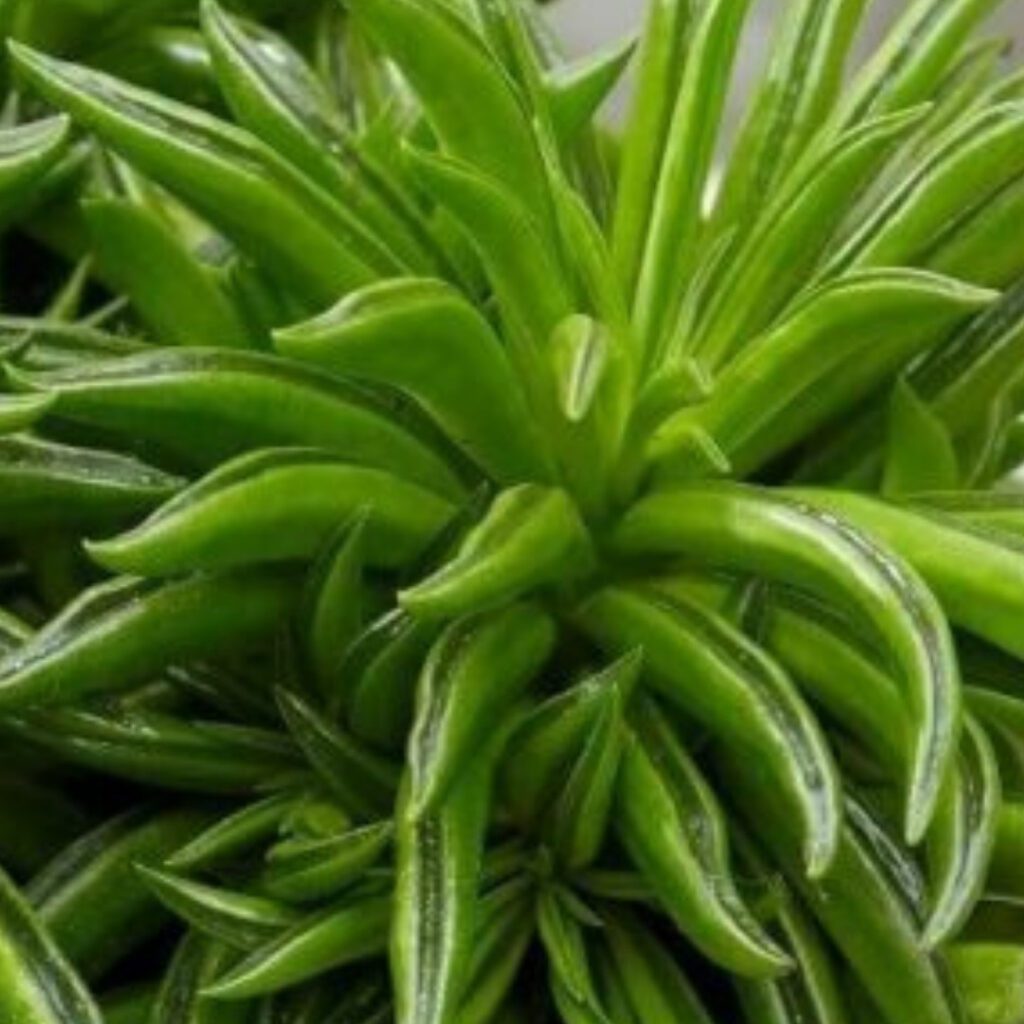
Soil
Your peperomia nivalis must not sit in soggy wet soil, as they can get root rot easily, so use a well draining medium, or add 20% perlite to your normal potting compost. You don’t want the soil to hang on to moisture. Soil is quite important as root rot is the Achilles heal of peperomias, giving them too much water or a soil that hold on to water can all allow root rot to take hold, so make sure you have a mix that does not hold on to water. Some added perlite rally helps with this.
When To Repot
Check your plant’s roots in Easter time and repot them if it is getting crowded in there! They need some space to grow over the forthcoming growing season of spring and summer.
Humidity
Aim for 40-50% humidity, but it is not greatly fussy in this regard. They will do well in most homes without having to worry about humidity.
Temperature
Aim for a temperature of 20°C to 25°C (68-77°F) during the day and keep them above 12°C (54°F).
How To Propagate Peperomia Nivalis
Take stem cuttings of your peperomia nivalis to propagate it. They root fairly easily. Take the leaves from the bottom part of the cutting that will go under the soil/moss, then leave the cutting for a day or two so that the wound heals over. Root them in sphagnum moss (I prefer moss for the best results but you can also use soil or water too). Keep the cuttings warm and humid and in indirect sunlight until they develop a healthy root system. Then pot them up into soil.
Peperomia Nivalis USDA Zone
Zones 10-11.
Peperomia Nivalis Vs Axillaris
They are similar peperomias with their canoe shaped leaves, the nivalis has longer thinner leaves, the axillaris are similar looking but shorter and fatter.
Peperomia Nivalis Flower
Peperomia nivalis flowers are long and spindly, and protrude from the main plant like little spears. Like most peperomia they put out abundant long stalks like spears that are taller than the plant with very small flowers on them.
Is Peperomia Nivalis Toxic To Cats?
They are non-toxic to cats and dogs.
Peperomia Nivalis Common Name
Peperomia nivalis is it’s common name and scientific name.
Where To Buy
Try our list of Rare Plant Shops.
FAQs And Common Problems
Overwatering and root rot is common for these plants so let them dry out between watering and don’t let them sit in soggy soil. They are generally easy to care for plants and tolerate the conditions in most homes as long as you don’t overwater them.
Additional Resources
Links:
Other Articles You Might Like
Hope you found this guide useful, you might also like our other articles: Peperomia Ruby Cascade, Pink Lady Peperomia, Peperomia Polybotrya, Peperomia Piccolo Banda, Scindapsus Treubii Moonlight, Jessenia Pothos, Hoya Linearis, Philodendron Camposportoanum Care.
Follow us on Instagram and Pinterest for regular plant updates and occasional plant giveaways.
